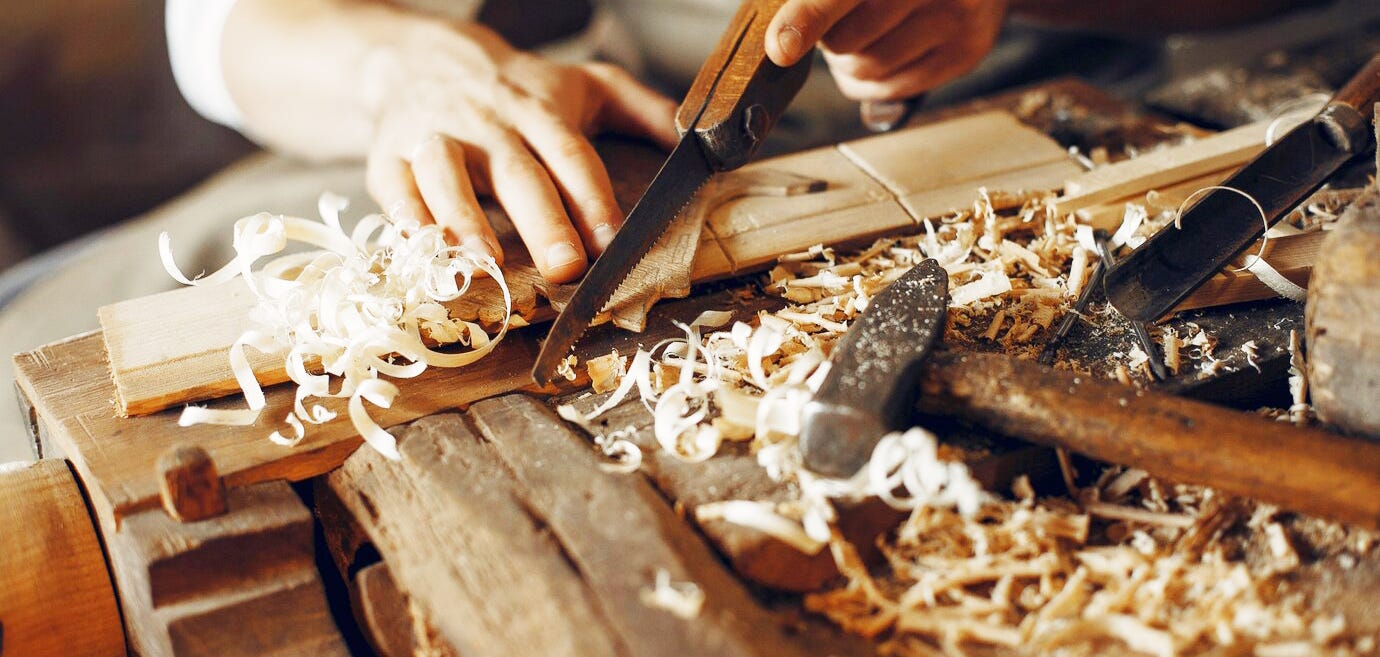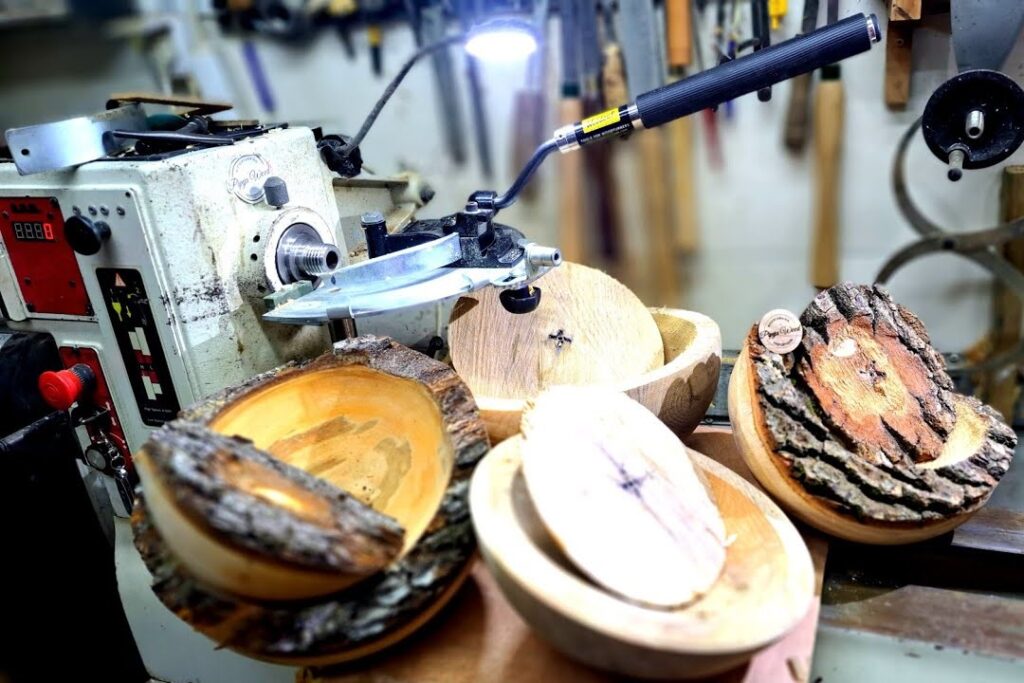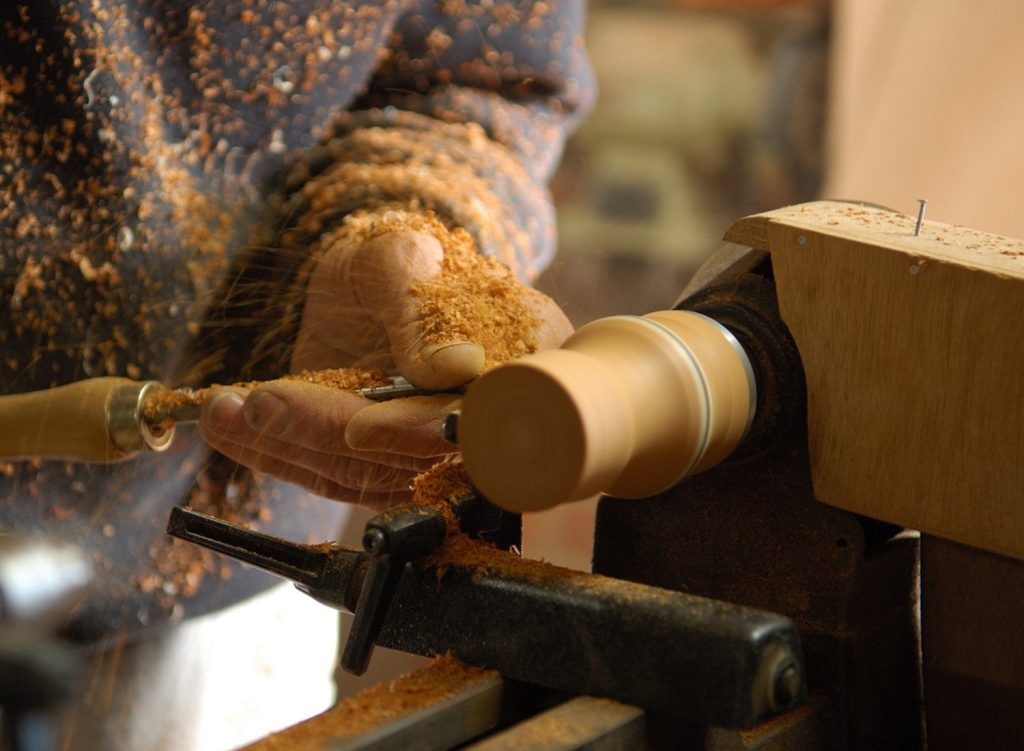
Woodturning is a craft that combines skill, creativity, and precision to transform raw wood into beautiful and functional objects. From simple bowls and pens to intricate sculptures and ornaments, the possibilities are endless for those who master the art of turning wood on a lathe. In this article, we’ll explore some key woodturning techniques and gain insights from experts in the field on how to master them.
Understanding the Basics
Before delving into advanced techniques, it’s essential to have a solid understanding of the basic principles of woodturning. This includes knowing how to safely operate a lathe, understanding the different types of turning tools and their uses, and mastering fundamental techniques such as roughing, shaping, and finishing.
According to seasoned woodturner and instructor, John Smith, “Mastering the basics is crucial for building a strong foundation in woodturning. It’s like learning to walk before you can run. Once you have a good grasp of the fundamentals, you can begin to explore more advanced techniques with confidence.”
Sharpening Skills

One of the most important skills for any woodturner to master is sharpening their tools. Sharp tools not only make the turning process more efficient but also produce cleaner cuts and smoother surfaces on the finished workpiece.
“Sharpening is often overlooked by beginners, but it’s absolutely essential for achieving good results in woodturning,” says Mary Johnson, an experienced woodturner with over 20 years of experience. “I recommend investing in a quality sharpening system and taking the time to learn proper sharpening techniques. It will make a world of difference in your turning.”
Advanced Hollowing Techniques
Hollowing is a technique used to create vessels with hollow interiors, such as bowls, vases, and urns. While hollowing may seem straightforward, it requires skill and precision to achieve consistent wall thickness and smooth curves.
“Advanced hollowing techniques, such as undercutting and shear scraping, can take your turning to the next level,” says David Jones, a professional woodturner known for his intricate hollow forms. “These techniques allow you to create thinner walls and more delicate shapes while maintaining structural integrity.”
Jones recommends practicing hollowing on scrap wood before attempting it on a valuable piece. “Hollowing can be challenging, especially for beginners, so it’s important to start small and gradually work your way up to more complex projects.”
Decorative Techniques
Decorative techniques, such as texturing, coloring, and embellishment, can add visual interest and personality to woodturned pieces. From simple burn lines and grooves to intricate piercings and inlays, there are countless ways to enhance the aesthetic appeal of your work.
“Experimenting with decorative techniques is where the fun really begins in woodturning,” says Emily Brown, an artist known for her whimsical and colorful turned creations. “I love playing with different textures, patterns, and finishes to create unique and eye-catching designs.”
Brown advises beginners to start by experimenting with basic decorative techniques and gradually expanding their repertoire as they gain confidence and experience. “Don’t be afraid to get creative and think outside the box. Woodturning is as much about self-expression as it is about technique.”

Continuous Learning and Improvement
No matter how experienced you become, there’s always room for growth and improvement in woodturning. Whether it’s learning a new technique, experimenting with a different wood species, or seeking inspiration from fellow turners, the key is to embrace lifelong learning and stay curious.
“Woodturning is a journey of constant discovery and refinement,” says Mark Davis, a woodturning enthusiast who has been turning for over 30 years. “I’m always challenging myself to push the boundaries of what’s possible with wood. Whether it’s mastering a difficult technique or exploring a new artistic style, there’s always something new to learn and explore.”
In conclusion, mastering woodturning techniques requires dedication, patience, and a willingness to learn from experts and fellow enthusiasts. By mastering the basics, sharpening your skills, exploring advanced techniques, experimenting with decorative elements, and embracing continuous learning and improvement, you can elevate your woodturning to new heights and create truly extraordinary pieces that showcase your talent and creativity.
